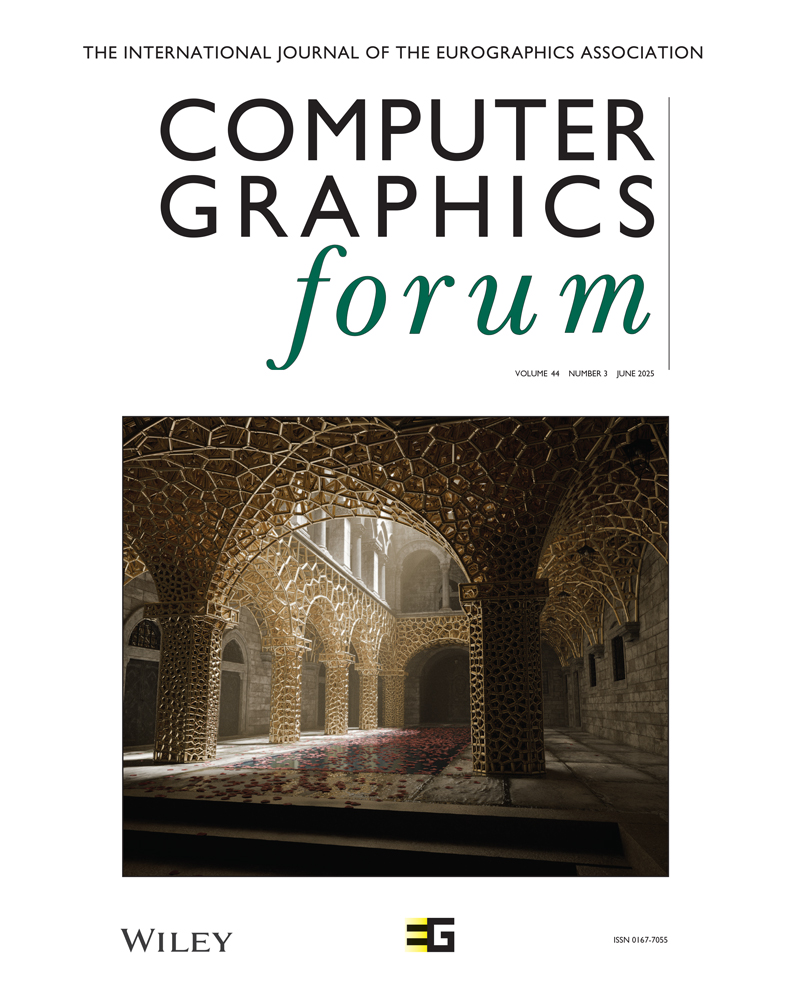Interactive Disassembly Planning for Complex Objects
Abstract
We present an approach for the automatic generation, interactive exploration and real-time modification of disassembly procedures for complex, multipartite CAD data sets. In order to lift the performance barriers prohibiting interactive disassembly planning, we run a detailed analysis on the input model to identify recurring part constellations and efficiently determine blocked part motions in parallel on the GPU. Building on the extracted information, we present an interface for computing and editing extensive disassembly sequences in real-time while considering user-defined constraints and avoiding unstable configurations. To evaluate the performance of our C++/CUDA implementation, we use a variety of openly available CAD data sets, ranging from simple to highly complex. In contrast to previous approaches, our work enables interactive disassembly planning for objects which consist of several thousand parts and require cascaded translations during part removal.




